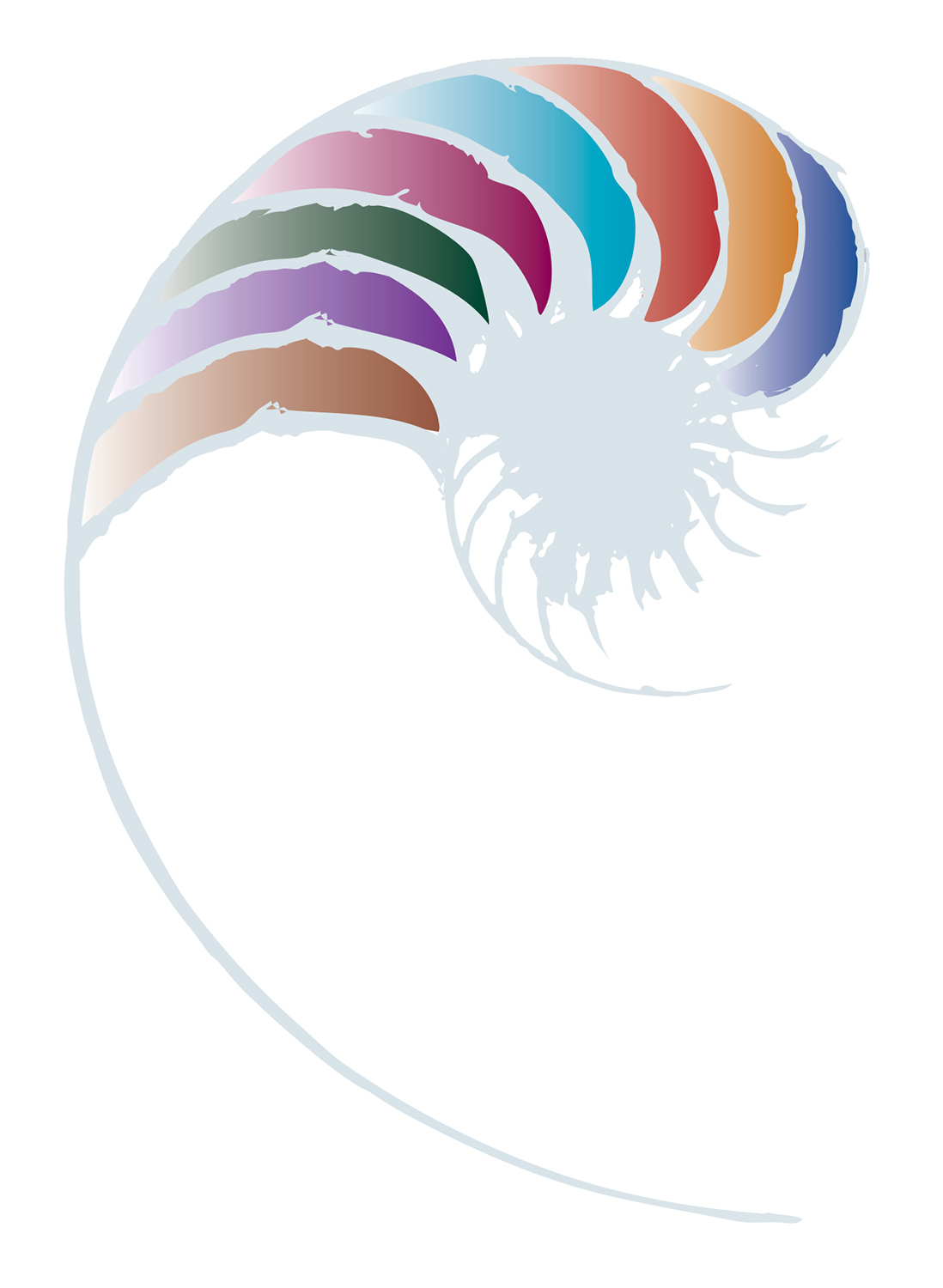Underpinning theories and approaches
From pages 60-62 of Te Whāriki: He whāriki mātauranga mō ngā mokopuna o Aotearoa Early childhood curriculum

Kia heke iho rā i ngā tūpuna, kātahi ka tika.
If handed down by the ancestors, it would be correct
This whakataukī refers to intergenerational expertise and the respect Māori have for the wise counsel of the ancestors. It signals the importance of a credible, sound, theoretical foundation for teaching and learning.
Curriculum and pedagogy are the means by which kaiako in an ECE setting influence, support and provide guidance for children’s learning and development. Pedagogies described or implicit in Te Whāriki are consistent with the four curriculum principles. These principles are a synthesis of traditional Māori thinking and sociocultural theorising:
- Whakamana | Empowerment: Curriculum and pedagogy empower the child to learn and grow by giving them agency, enhancing their mana and supporting them to enhance the mana of others.
- Kotahitanga | Holistic development: Curriculum and pedagogy focus on the ‘whole learner’, reflecting the holistic way in which children learn and grow, with the cognitive (hinengaro), physical (tinana), emotional (whatumanawa), spiritual (wairua), and social and cultural dimensions all tightly interwoven.
- Whānau tangata | Family and community: Curriculum and pedagogy recognise that family and community are integral to learning and development, with every child situated within a set of nested contexts that includes not only the ECE setting but also the home, whānau, community and beyond.
- Ngā hononga | Relationships: Curriculum and pedagogy recognise that children learn through responsive and reciprocal relationships with people, places and things.
When designing curriculum, kaiako will be influenced by a range of educational ideas and philosophies. This is consistent with the diversity of early learning services in New Zealand and will give rise to distinctive features in each local curriculum.
Effective curriculum and pedagogy are underpinned by evidence-informed theories about how children learn and how adults can play a role in facilitating this process.
Leading Māori theorists such as Pere and Durie have contributed to the development of theoretical perspectives and emphases (for example, on identity, language and culture) that are unique to Aotearoa New Zealand.
Te Whāriki draws on the following theories, models and approaches.
Theories and approaches
- Bioecological model
- Sociocultural theories
- Kaupapa Māori theory
- Pasifika approaches
- Critical theories
- Emerging theory and research
Children’s learning is located within the nested contexts and relationships of family, community, and wider local, national and global influences. Kaiako participate in, and may influence, some or all of these contexts.
Urie Bronfenbrenner explains this process through his ecological systems model. An aligned system, focused on children’s wellbeing and development, is conducive to learning. Implementing Te Whāriki means that kaiako will work with others within and beyond their specific ECE context to enact the curriculum. Working together across the whole system is an extension of the Family and community | Whānau tangata principle.
Bronfenbrenner’s model considers the reciprocal individual–environmental influences that drive learning and development. This approach seeks to understand how the characteristics of the developing person, including their dispositions, knowledge, experiences and skills, interact with aspects of the environment to invite or inhibit engagement. This is why, in Te Whāriki, goals for the educational environment are associated with each strand and set of learning outcomes.
Bronfenbrenner’s most recent ideas challenge kaiako to recognise that children’s worlds are rapidly changing and connected across time.
An example of Bronfenbrenner’s theory in action can be seen in the ways kaiako in New Zealand respond to the United Nations Convention on the Rights of the Child (UNCROC). Kaiako work to uphold and protect children’s rights, interests, and points of view from the earliest ages. They recognise children as citizens and preserve their dignity while building their mana and supporting them to build the mana of others.
Kua kite rānei koe?
About this resource
This section from pages 60-62 of Te Whāriki: He whāriki mātauranga mō ngā mokopuna o Aotearoa Early childhood curriculum signals the importance of a credible, sound, theoretical foundation for teaching and learning in early childhood education settings.








